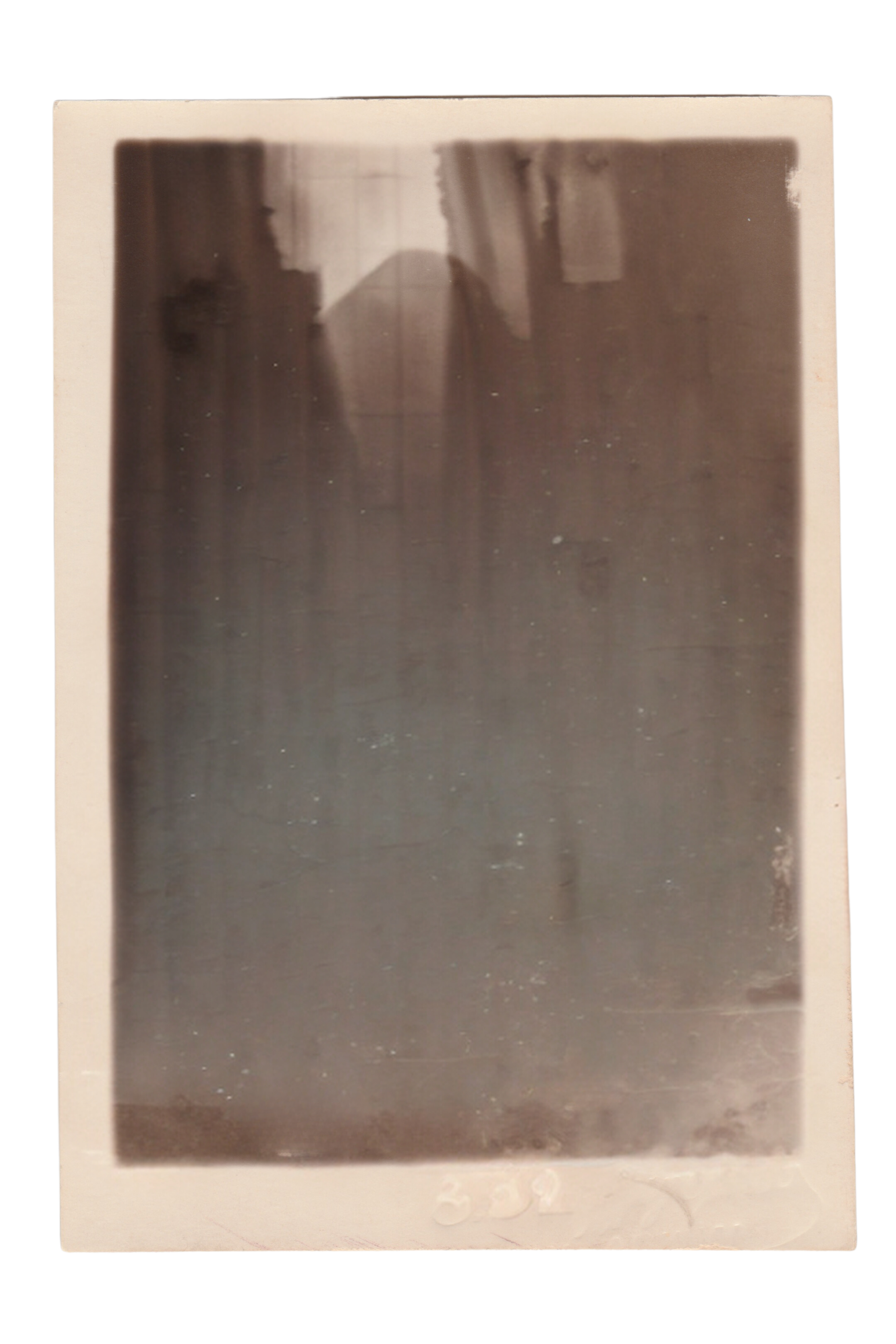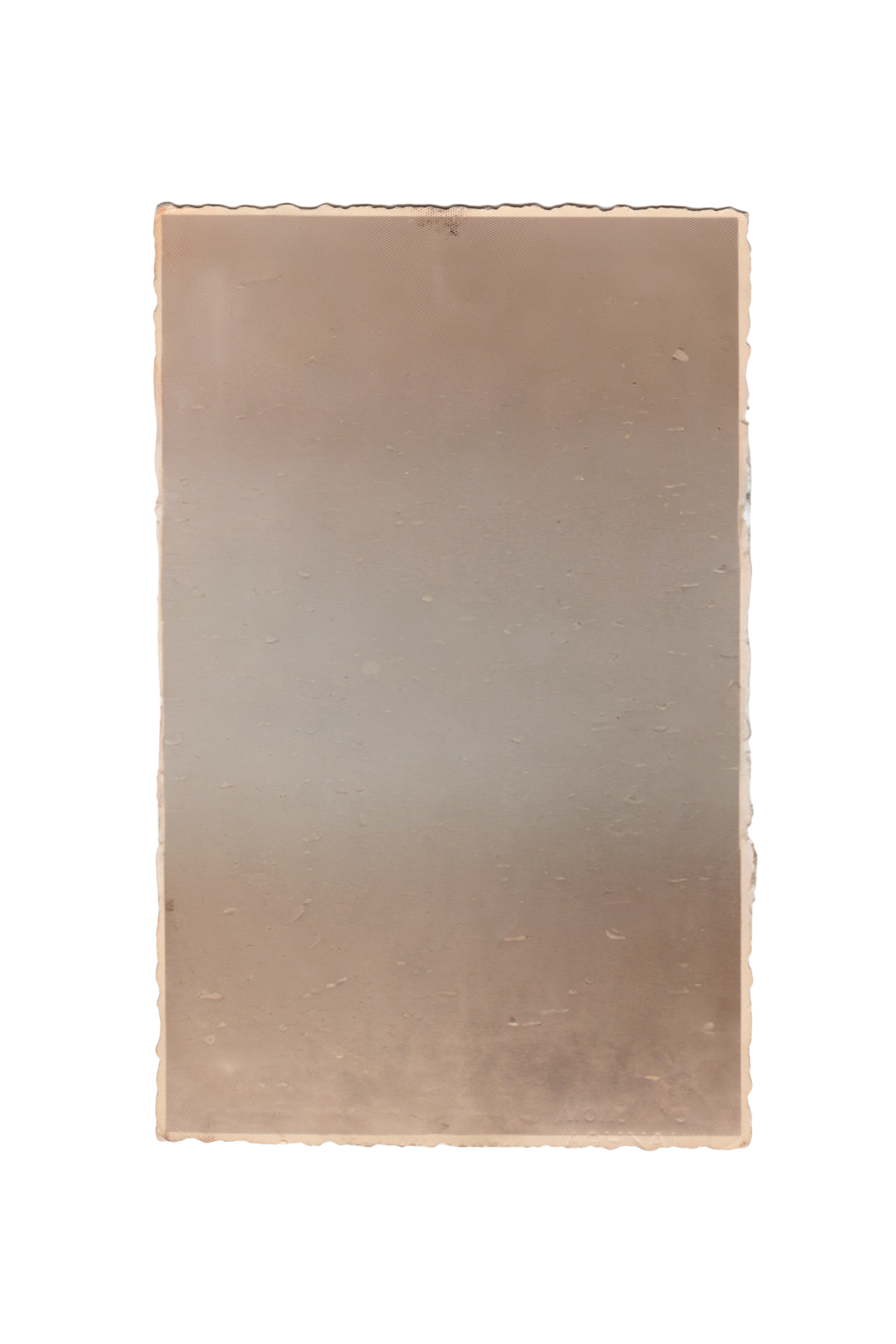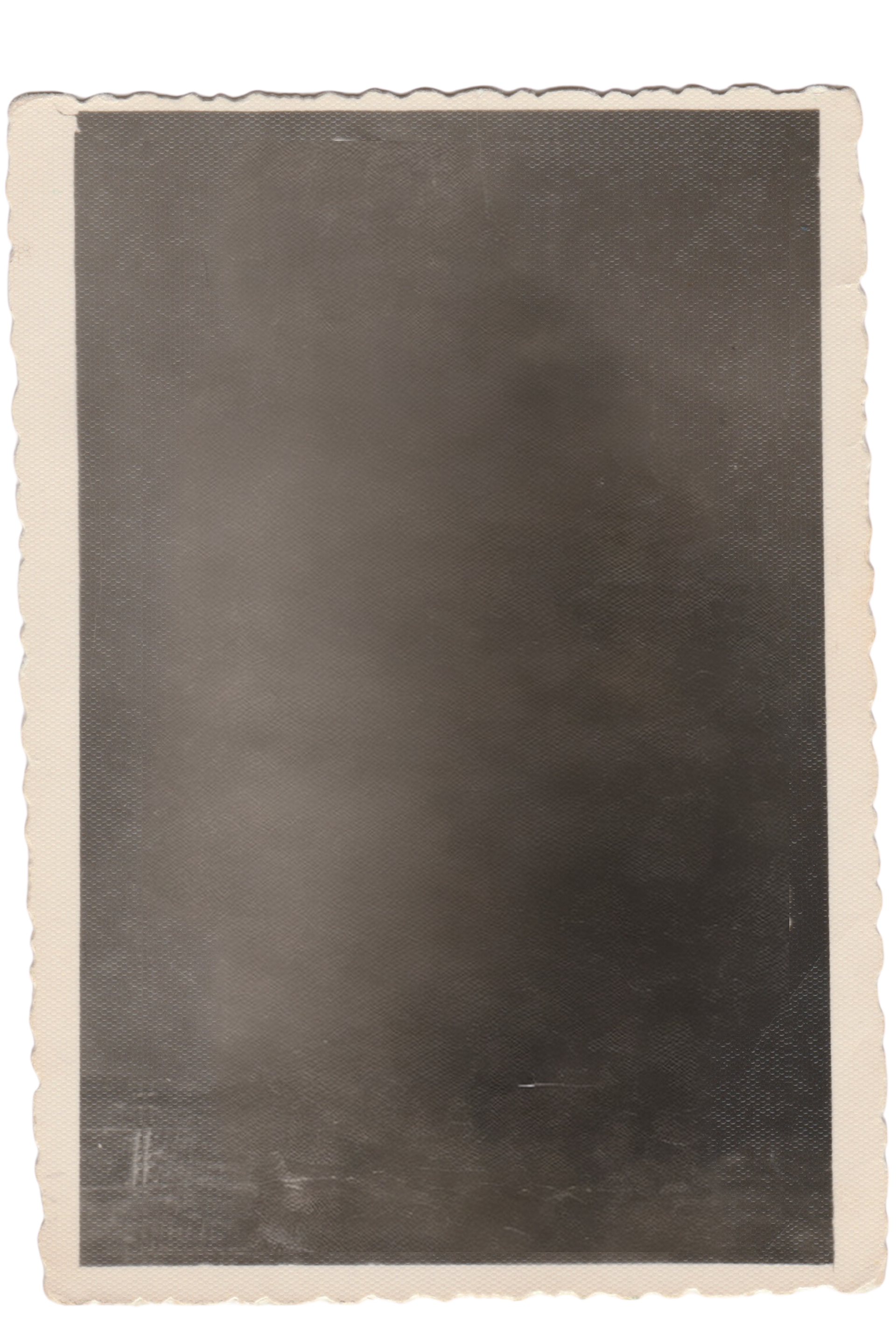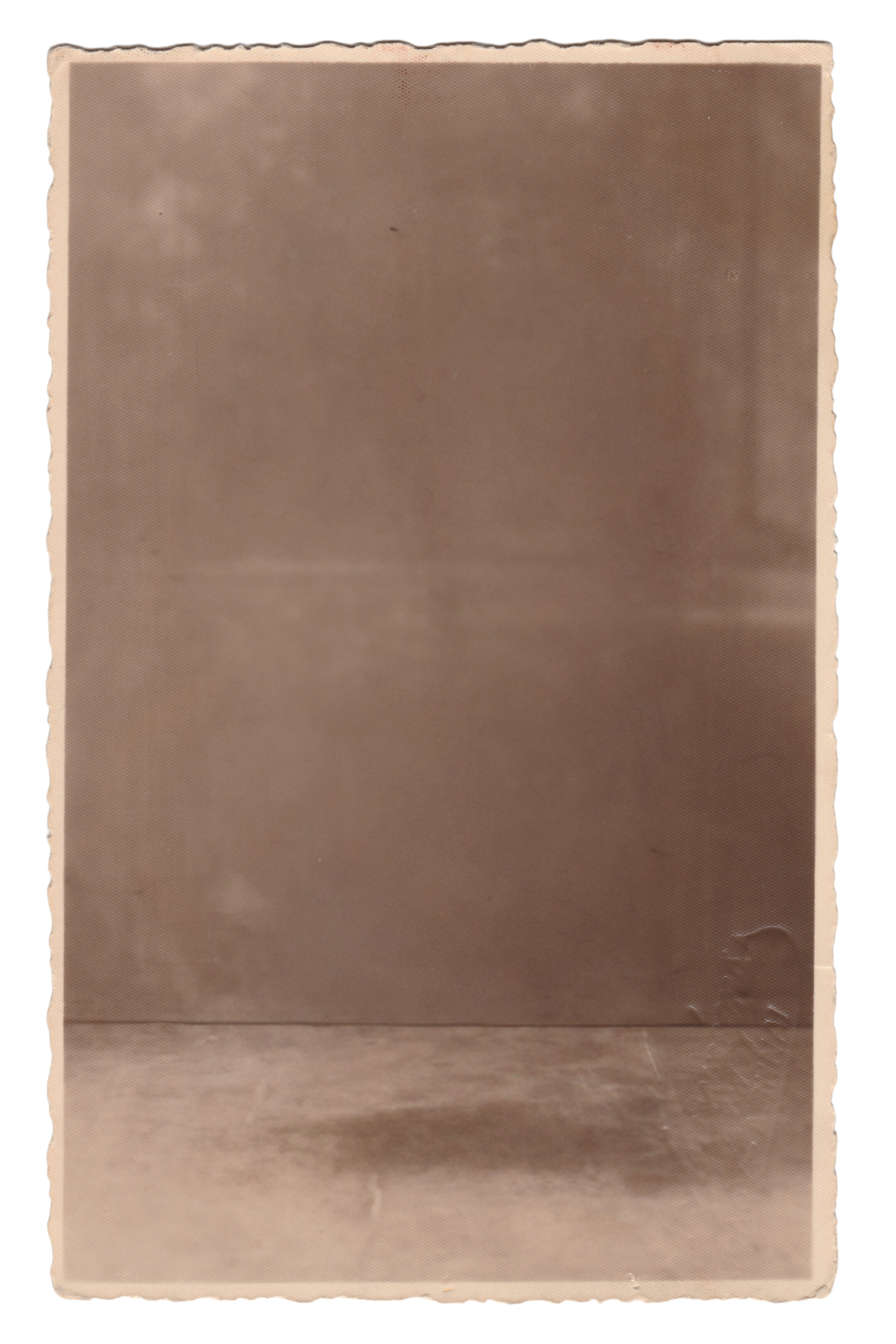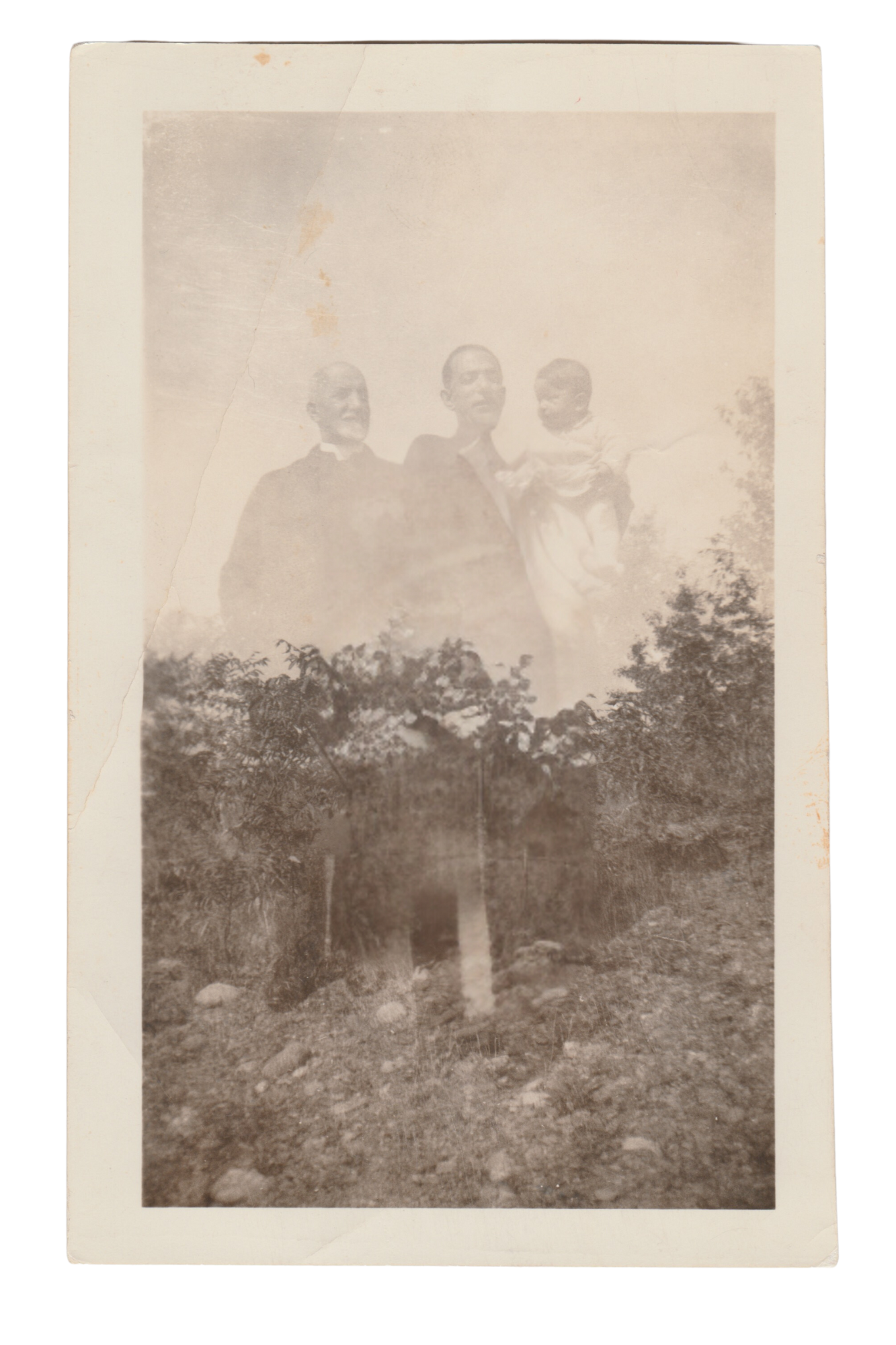There Was and Was Not (2023-2024)
My brother and I lay on our stomachs, chins propped in our palms, at the foot of his green velvet chair. His large hands move about as he speaks:
“There was, and was not…”
These are the words that begin our grandfathers stories, transporting us to ancient worlds full of laughing fish and nightingales that sing one thousand songs.
For my family, storytelling opened the door to the magical realms of Armenian folklore and also revealed our cultural and collective histories. These were stories I sometimes heard on the precipice of sleep, as my grandmother sat by my bed in the morning with her sisters, speaking in their secret language—a blend of Greek, Armenian, and Turkish. They spoke not of an ancient world, but of an old country that now exists only in memory.
There Was and Was Not (2023–2024) is a visual exploration that considers how the opening lines of Armenian folklore, which blend reality and fantasy to introduce each story, can be applied to personal narratives and used to reflect on the effects of trauma, displacement, and violence on memory. Drawn to the idea of absence as a form of presence, and to the space between the real and the spectral where these memories now reside, I use photographic archives to explore the transmission of cultural trauma across generations through objects of memory. By digitally manipulating and removing figures from photographs, I mirror the way trauma has distorted details in both my own and my grandparents’ recollections.
This process not only illustrates the long-term psychological effects of violence and displacement on memory, but also demonstrates how, despite my ancestors’ physical absence, their memories continue to disrupt and haunt the contemporary landscapes from which they were forcibly removed — a notion deeply influenced by Ibtisam Azem's The Book of Disappearance and Marianne Hirsch's concept of postmemory.
